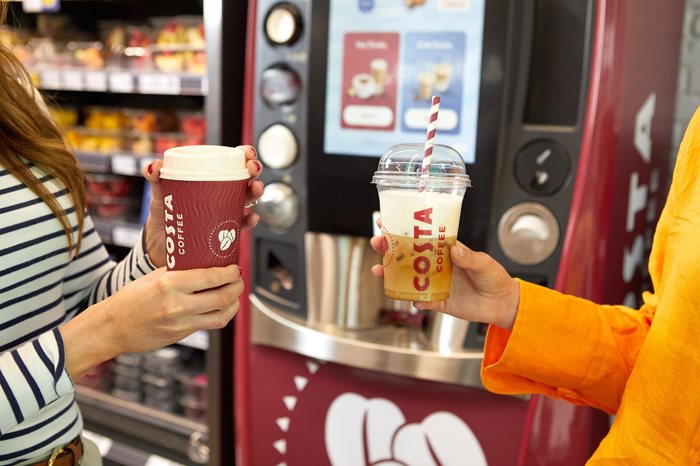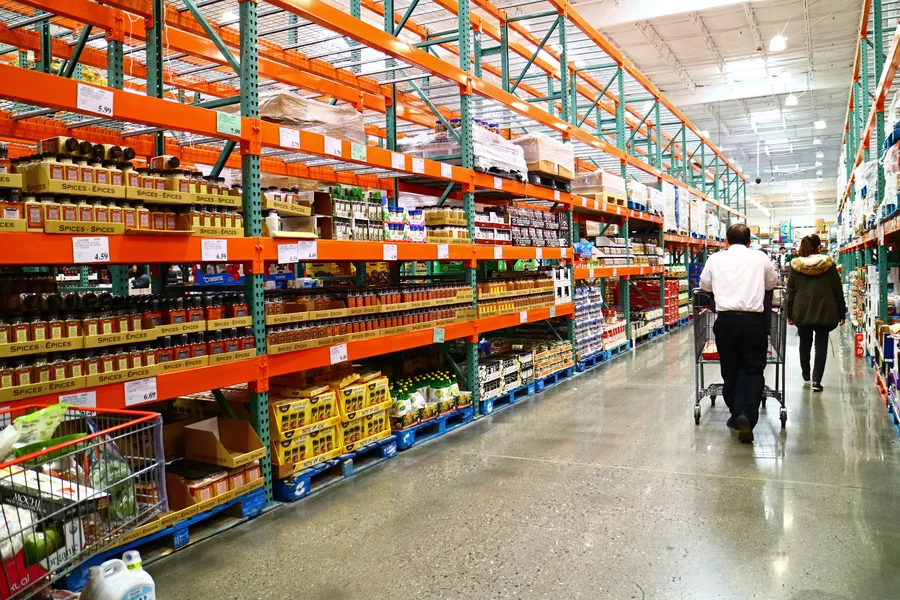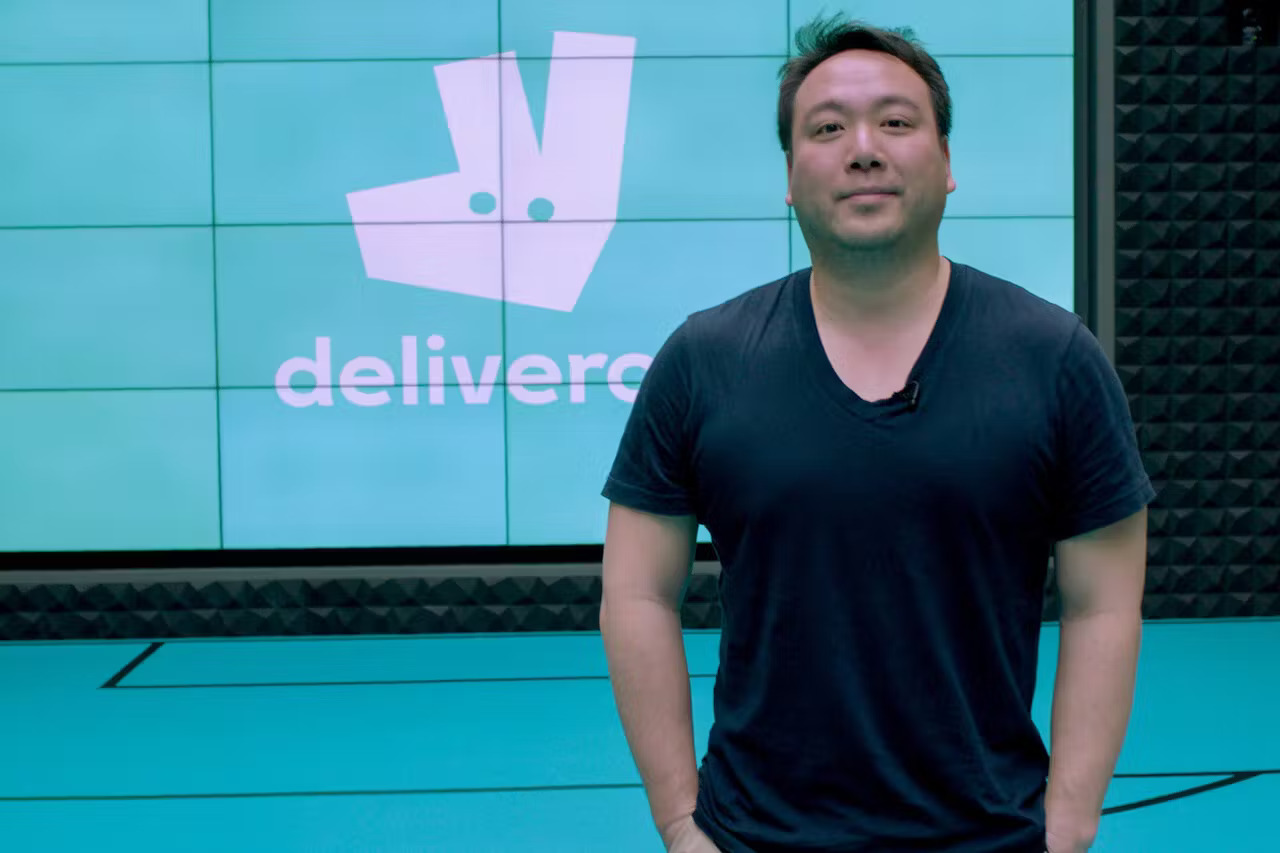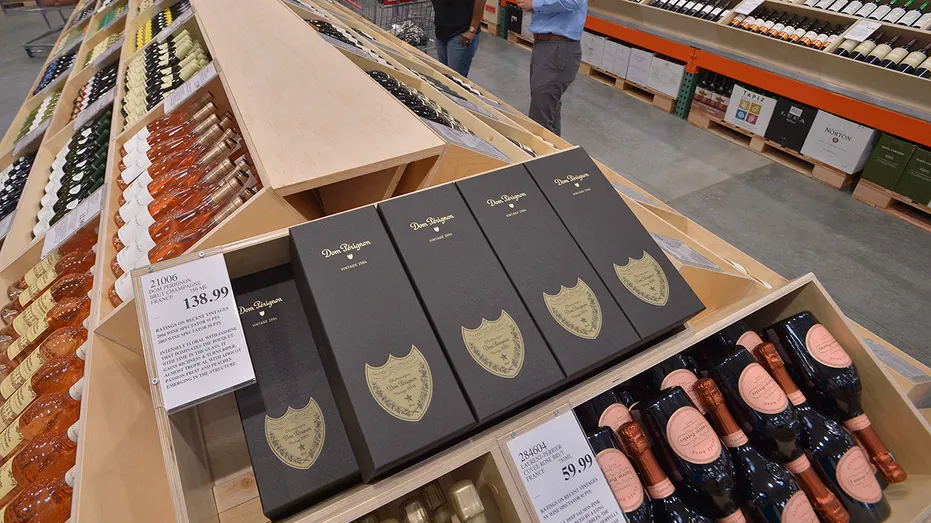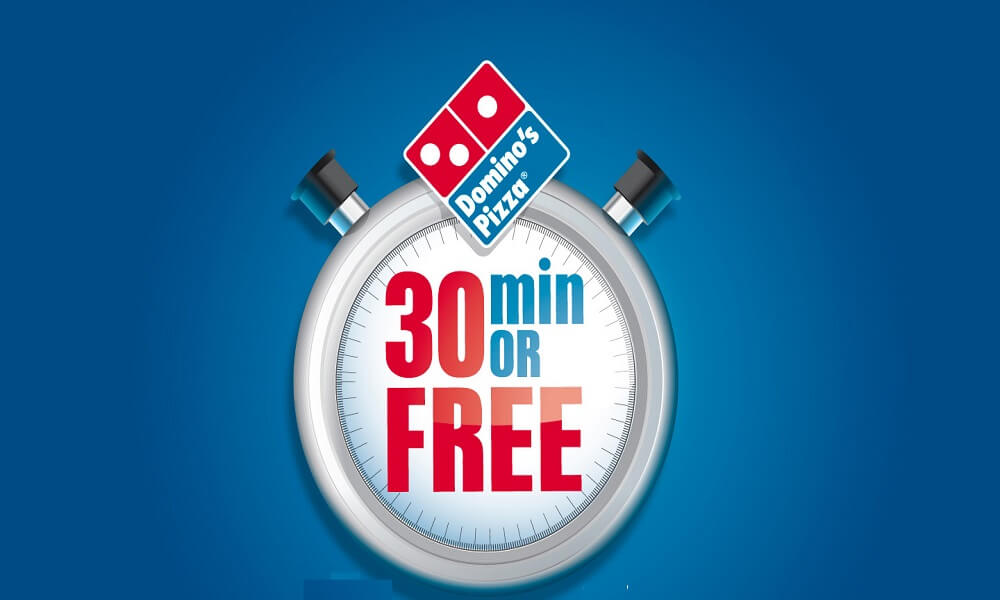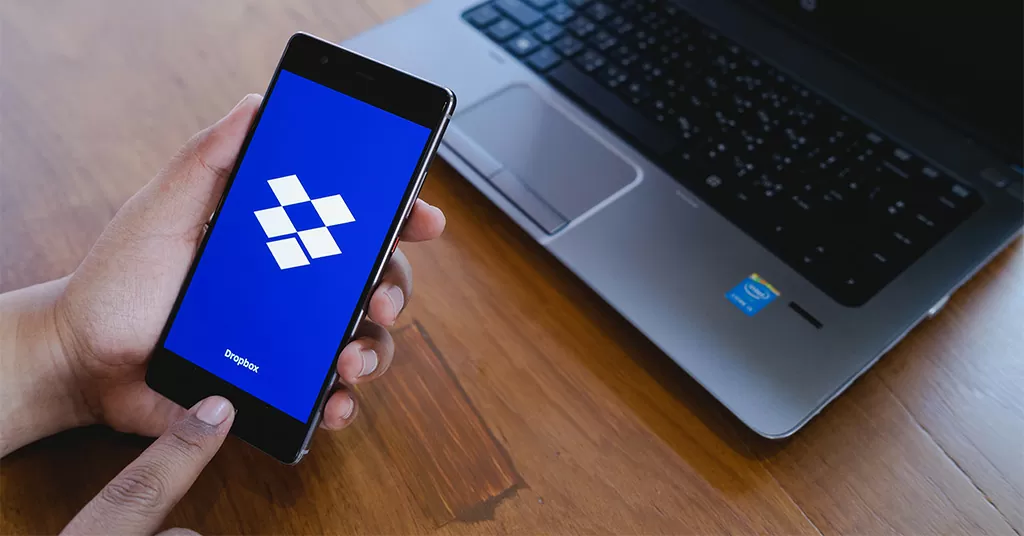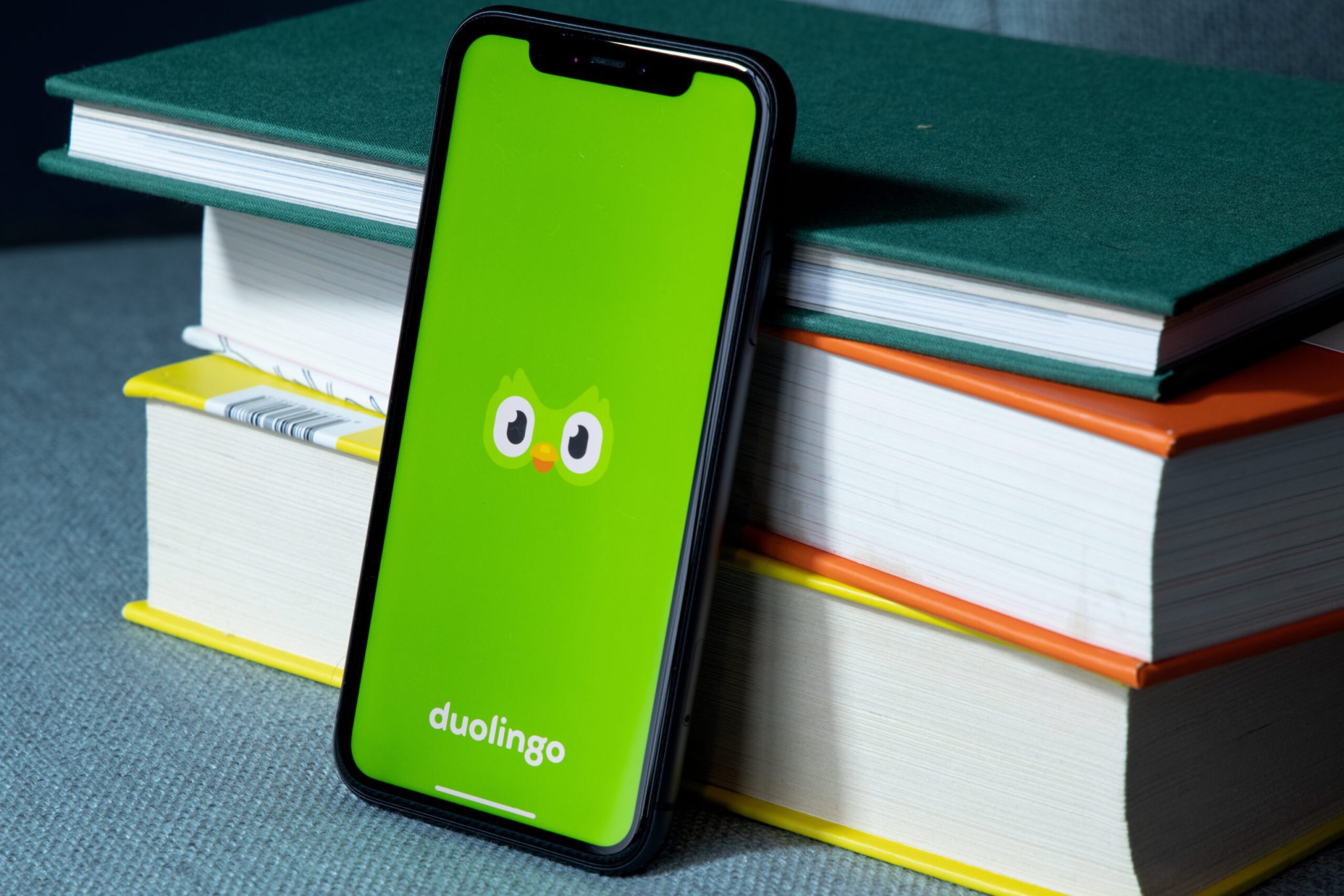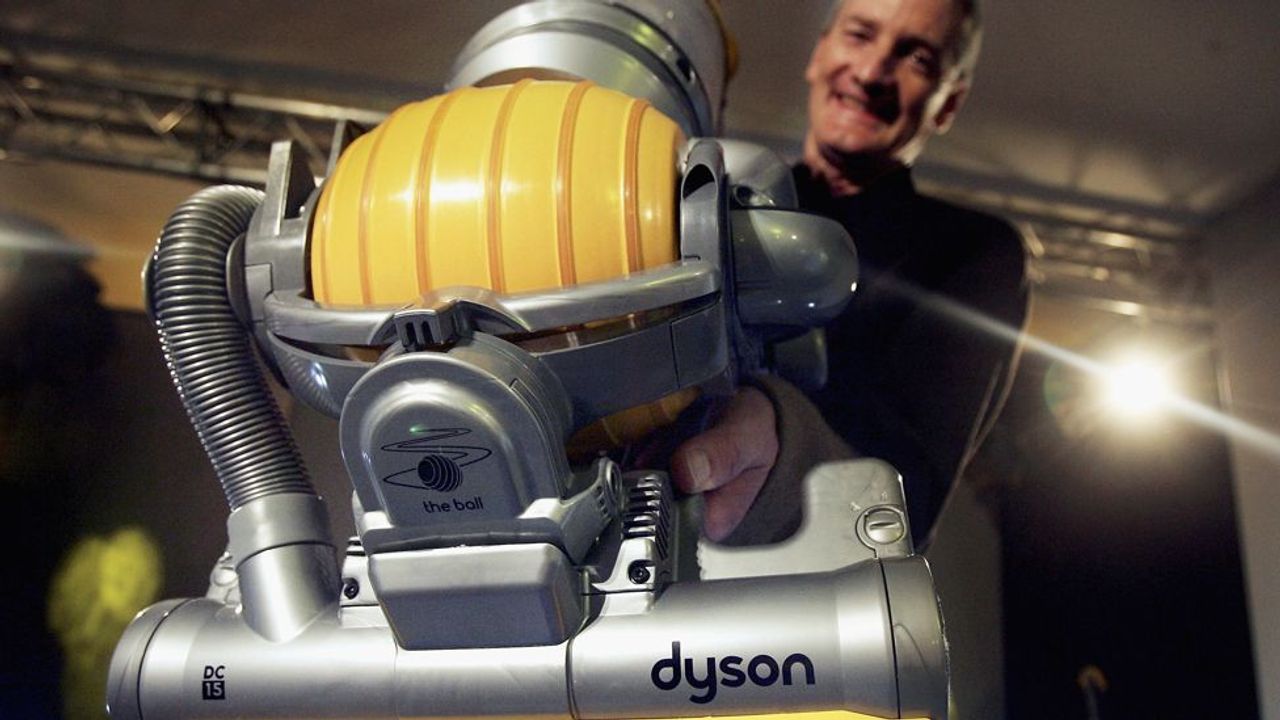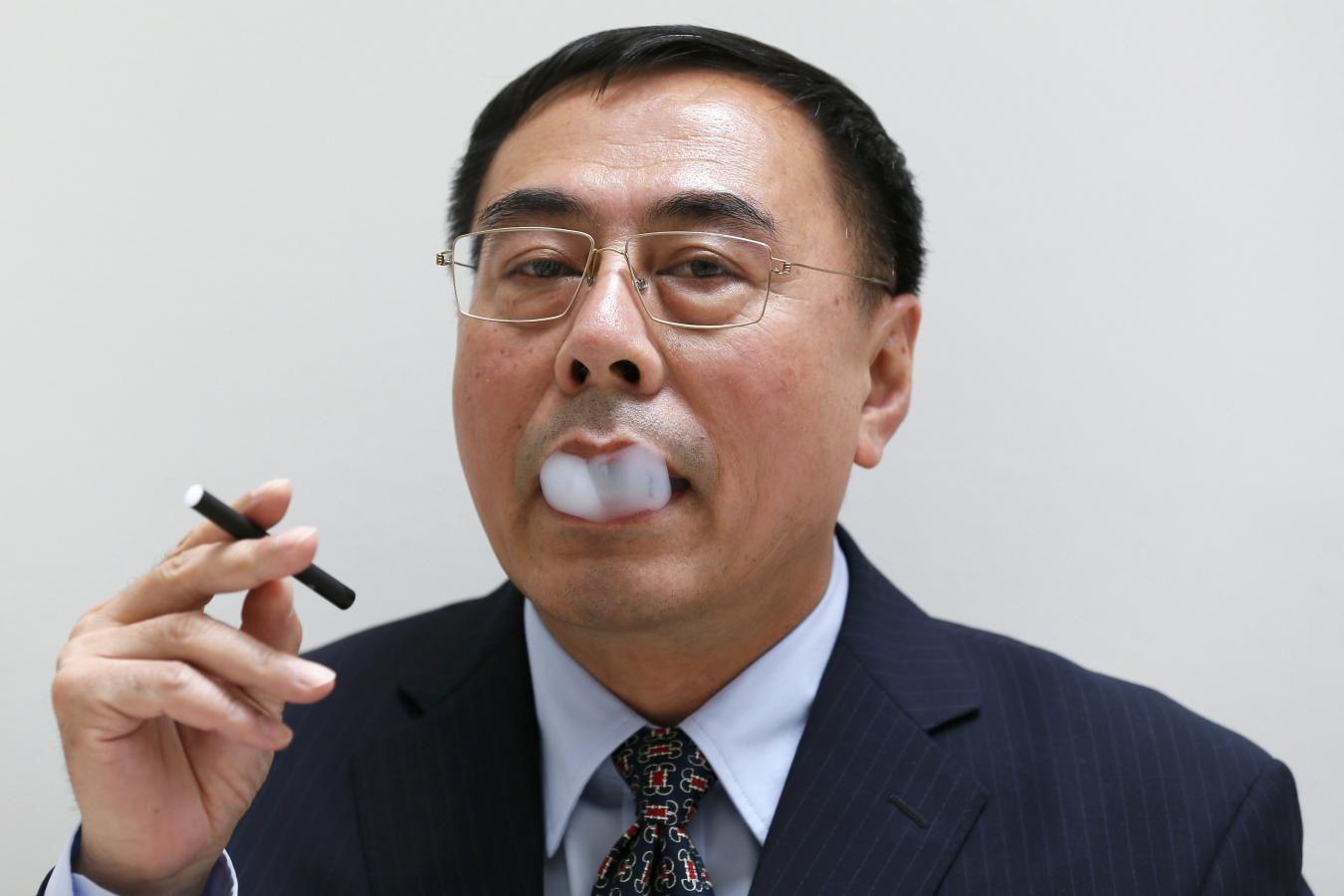When Concorde was suffering during the 1980s, its owners discovered that the passengers significantly overestimated the ticket price. “So very simply, we said, we’ll charge them what they think they are paying. And so we put the fares up”. Concorde ticket prices were doubled to over $7,000, one way, in today’s prices and it was repositioned to provide a super-elite class for bankers, the rich, and the famous.
Business & Brands
Britain’s 35,000 corner shops offer more than cheap booze. Evri, a delivery company, now drops 180m parcels a year into shops, or 22.5% of all its deliveries. Customers of online-only banks, such as Monzo, can deposit cash wherever there is a PayPoint, a British payments company that works with corner shops. About 4 million households are on pre-payment gas and electricity meters, meaning they have to schlep to a shop whenever it runs out.
The self service machines were inspired by photocopiers in convenience stores. The manufacturer installed the machine free of charge in return for a slice of the takings. The store owner was on a win-win: all they had to do was fill the copier with paper and ink cartridges from time to time, and then watch the money roll in. Not only that, but the machine brought a new batch of customers into his shop.
At Costco, there are no aisle signs or in store maps to direct shoppers. Plus, Costco frequently rotates its stock and changes the store layout, making it hard to know what is available and where to find it. This is all part of the store’s ‘treasure hunt’ strategy; helping customers find unexpected items and creating a unique shopping experience.
Deliveroo came from an investment banker who wanted better delivery options when he was working late at the office.
It took Netflix 10 years to reach 100 million subscribers. It took Disney Plus just over one, thanks to Disney’s incredibly strong, century long, brand equity. (Though admittedly Netflix has won the streaming wars for the time being – leading the market with 300 million subscribers.)
Dom Pérignon is synonymous with luxury, but it still needs to reach a big audience. The discount retailer Costco sells more bottles than any other retailer in the US
To solve the challenge of quick and easy delivery, Domino’s Pizza turned to those doing it best – ecommerce leaders. Taking learnings from players like Amazon, it allowed customers to save an ‘easy order’ that they can request in just a few clicks, and created the Domino’s Tracker – the first food delivery service to update customers on their pizza order in real time.
For years, Domino’s Pizza had a promotion that guaranteed delivery within 30 mins or the pizza was free. But it meant delivery drivers often sped to make the deadline and caused a number of accidents, with one crash victim suing Domino’s for $79m. The chain shut the promotion down, citing “public perception of reckless driving and irresponsibility.”
In the early days of Dropbox, 60% abandoned the service and the team couldn’t figure out why. So they offered $40 to a man on Craigslist to use it in person, and quickly found people couldn’t understand seemingly basic features.
Duolingo employees don’t talk about ‘MVPs’ (Minimum Viable Products) during the design process – they talk about ‘V1s’. The logic? “MVPs often have a lower standard of quality and can be used as an excuse to ship subpar work. V1s, on the other hand, are polished. They may not have all the bells and whistles, but they meet our bar.” A small but subtle tweak that reminds the team to always deliver excellence.
James Dyson doesn’t talk about household appliances to describe his products – he talks about solving problems others seem to ignore. This has given him licence to expand into a range of categories beyond vacuum cleaners, most notably hair dryers.
James Dyson re-invented vacuum cleaners without a background in engineering. He came up with the idea of a bagless vacuum after seeing how sawmills used cyclone force to eject sawdust, and his knowledge of furniture and interior design helped him create a successful prototype.
Hon Lik invented the e-cigarette in an attempt to kick his own smoking habit. Unfortunately, he’s now a dual user.
In 2011, Insiders at eBay were convinced their Google search ads were increasing website traffic. After all, the data showed that the more money spent on these ads, the more people clicked on the link to the eBay website. In reality, the ads weren’t causing more people to click on the link – they were simply guiding a growing number of people who were already looking for it. eBay eventually switched off the advertising and found a negligible impact on traffic.



